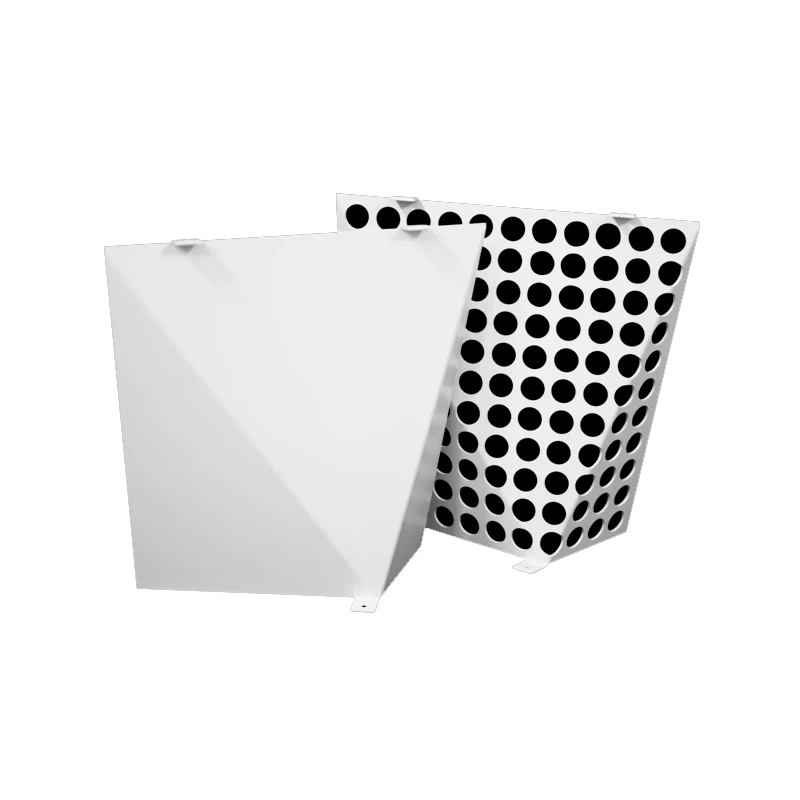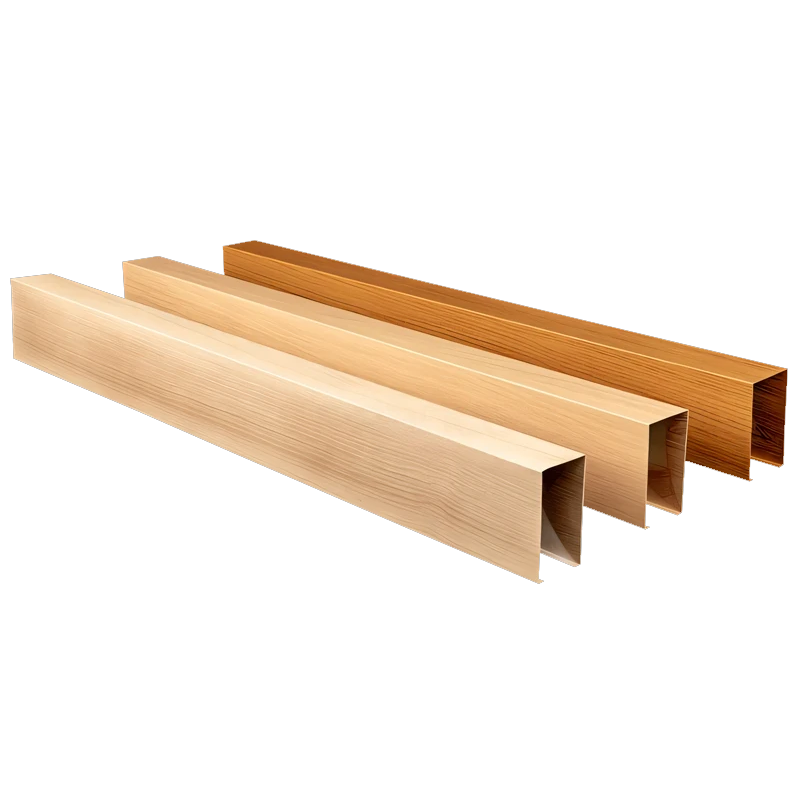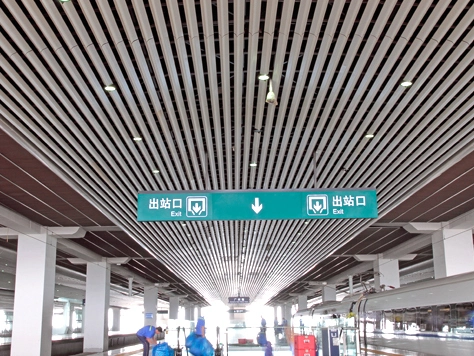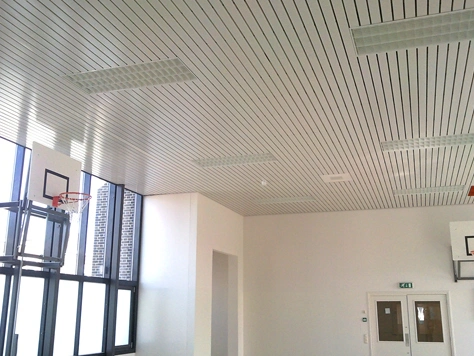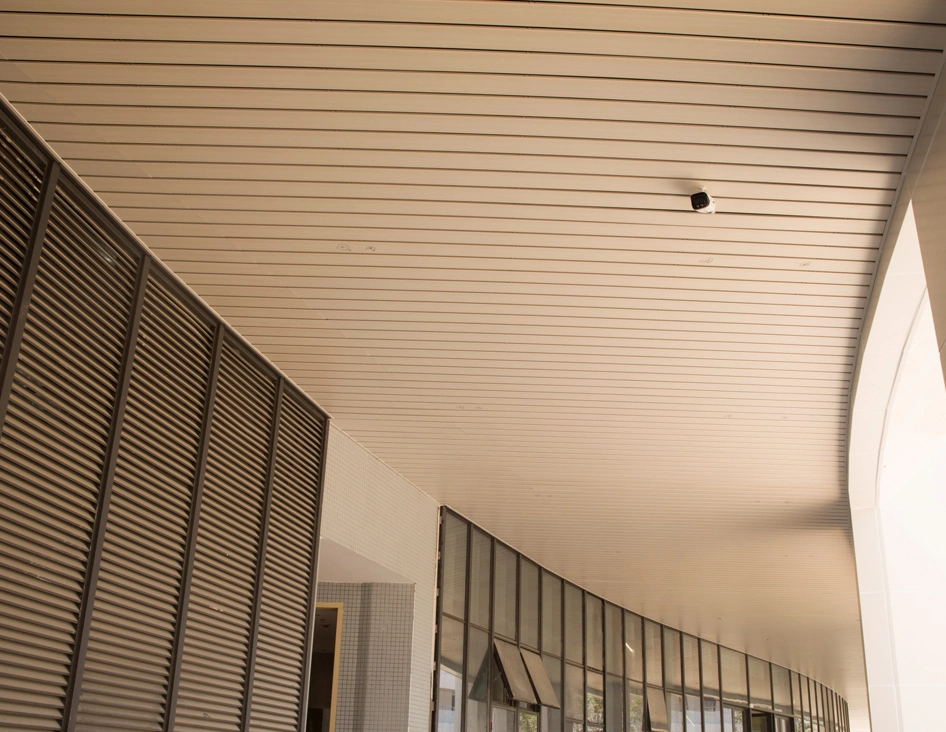Nangungunang Pagganap ng Acoustic
Ang aluminum strip ceiling panel system ay kahanga-hanga sa acoustic management sa pamamagitan ng kanyang inobatibong disenyo at katangian ng materyales. Ang mga panel ay may mga espesyal na perforation at mga materyales sa likod na epektibong kinokontrol ang pagmuni-muni at pagsipsip ng tunog. Ang ganitong acoustic engineering ay nagdudulot ng optimal na distribusyon ng tunog sa buong espasyo, binabawasan ang alingawngaw at pagmuni-muni habang pinapanatili ang kalinawan ng pagsasalita. Maaaring i-customize ang system gamit ang iba't ibang pattern ng perforation at mga acoustic backing materials upang matugunan ang tiyak na acoustic requirements para sa iba't ibang aplikasyon, mula sa mga open office space hanggang sa mga conference room at auditorium. Ang kombinasyon ng tamang spacing sa pagitan ng mga strip at acoustic insulation ay lumilikha ng epektibong sound barrier na tumutulong sa pagpanatili ng privacy sa pagitan ng iba't ibang lugar habang nag-aambag sa isang komportableng acoustic environment.


